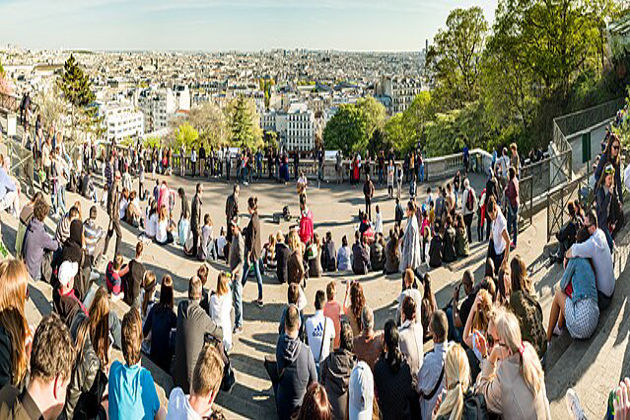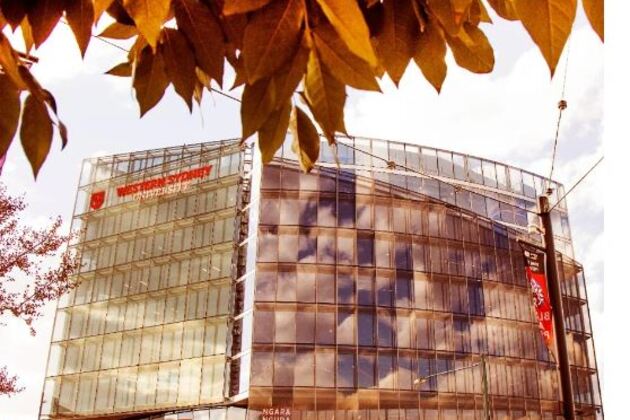2LT International News
Paris residents resist ‘Disneyfication’ of Montmartre enclave
Aug 24, 2025
PARIS, France: From Venice to Barcelona to Amsterdam, Europe’s great cultural capitals are straining under the weight of mass tourism.
Now, in Paris, discontent is surfacing in one of its most iconic districts — Montmartre. Once celebrated as a bohemian enclave perched high above the city, it is now a flashpoint in the debate over overtourism.
A black banner stretched between two Montmartre balconies makes its message clear. In English, it reads: “Behind the postcard: locals mistreated by the Mayor.” Another, in French, declares: “Montmartre residents resisting.” For many locals, the slogans sum up their growing frustration that their neighborhood is being turned into a stage set for tourists at the expense of everyday life.
When Olivier Baroin moved to Montmartre about 15 years ago, he recalls it felt like living in a small village tucked inside Paris. Over time, that sense of intimacy and community has slipped away. Local shops have steadily vanished, along with the easy neighborly atmosphere.
In their place, he sees swarms of visitors posing for selfies, souvenir stalls crowded with trinkets, and cafés spilling chairs and tables across narrow cobblestone lanes. After the city designated several streets as pedestrian-only to accommodate the crowds, Baroin decided he had reached his limit and put his apartment on the market.
On the hilltop crowned by the Basilica of Sacré-Cœur, residents now complain of what they call the “Disneyfication” of Montmartre. The basilica itself attracts as many as 11 million visitors a year — surpassing even the Eiffel Tower — while the surrounding streets are overrun with tuk-tuks, guided tours, queues for photographs, and an ever-growing stock of short-term rentals.
Their frustrations echo elsewhere in the French capital. In June, workers at the Louvre Museum staged a brief wildcat strike, citing overcrowding, lack of staff, and worsening conditions. The Louvre recorded 8.7 million visitors in 2024, far beyond what its facilities were designed to support.
The broader numbers underscore the strain. Paris, home to just over two million residents in the city proper, hosted 48.7 million tourists in 2024, a two percent increase from the previous year. Sacré-Cœur, ranked as France’s most visited monument last year, and Montmartre, its most visited neighborhood, absorbed much of that influx. Many locals complain that the district has become an open-air amusement park.
The shift is visible in the changing storefronts. Butchers, bakeries, and small grocers are vanishing, replaced by bubble-tea counters, ice-cream stands, and rows of souvenir shops selling T-shirts and magnets. Paris officials did not respond to requests for comment on residents’ concerns.
Visitors, meanwhile, showed little sign of discontent. On a sunny afternoon this week, tourists filled Montmartre’s winding lanes, enjoying the bustling atmosphere that locals find increasingly suffocating.
Urban planners caution that if the trend continues, historic neighborhoods could become what critics describe as “zombie cities” — attractive to look at, but hollowed out of real life. City authorities have begun attempts to stem the tide, cracking down on unlicensed short-term rentals and tightening regulations on platforms that facilitate them.







